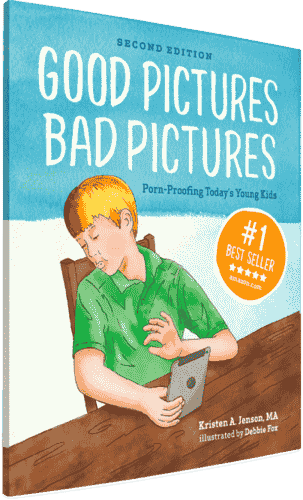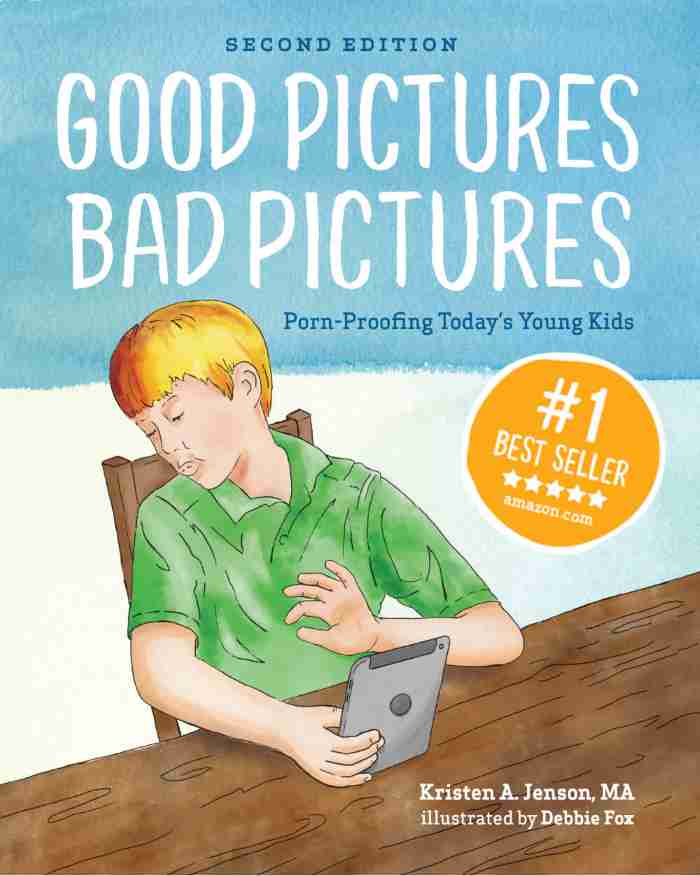.jpg)
.jpg)
6 Things Parents of Resilient Kids Do Well (and You Can Too!)
If your child begged to go out to play on a cold, rainy day, what would you be sure they were wearing? How about a warm sweater, woolly socks, a sturdy raincoat, tall rubber boots, and big umbrella?
Those items are protective factors that will keep you child cozy and dry enough to enjoy the stormy day without being miserable or getting sick.
.jpg)
The environment our kids are growing up in now is a downpour of blatantly sexual media, technology gone rogue, and predatory behavior! We can’t stop the deluge or keep our kids secluded inside forever, but we CAN equip them with protective factors that will help them thrive even in this turbulent world.
Research has identified both protective factors that help children thrive, and risk factors that lead to problems for kids. When it comes to raising a family, smart parents intentionally increase the protective factors and decrease the risk factors.
Six protective factors that build resilient kids
Childwelfare.gov, from the U.S. Department of Health and Human Services, promotes six evidence-based protective factors for healthy family management:
- Nurturing and attachment
- Knowledge of parenting and child development
- Parental resilience
- Families have support when in need
- Social connections
- Social and emotional competence of children
They sound simple, right? Since these can have such a big impact on the success of your kids, let’s dive a little deeper!
Nurturing and attachment
Did you know there are 9 minutes each day that have a big impact on a child?
- The first 3 minutes right after they wake up
- The 3 minutes after they come home from school
- The last 3 minutes before they go to sleep
What are the most powerful things you could do in those 9 minutes?
Each day, children need meaningful eye-to-eye conversations with a parent who listens and responds with love. And a simple touch makes kids feel connected to a parent in ways that words never will. Hug your child, straighten her hair, pat him on the back and say you are proud of him every day. It’s the little things that can make a real difference for kids – a smile, a hug, or an affirmation.
This protective factor of a consistent relationship with caring adults actually helps infant’s brains develop best and children’s bodies produce the right amount of growth hormones. And so much more!
Knowledge of parenting and child development
Young children have their own timelines for walking, talking, potty training, tying shoes, and reading. At the same time, there is a general developmental path for growing kids. Parents who understand childhood stages of development can celebrate new milestones rather than express frustration such as “What is wrong with you?” or “It’s about time!”
As a seasoned teacher, I taught a few thousand kids ranging from Pre-K to 5th grade. But in 15 years, I only sent a handful of kids to the principal’s office! The highly effective method I implemented for behavior management was Love and Logic. This proven method of empowering kids to make their own choices and live with the natural consequences is tried and true. Check it out!
[[CTA]]
Parental resilience
Resilient people adapt well when faced with adversity, trauma, tragedy, or even everyday stress. It means "bouncing back" from difficult experiences.
My mom was a pastoral counselor for about 20 years. She worked with over a 1000 people seeking to grow and heal through counseling because they were “sick and tired of being sick and tired.” One of the most important revelations she realized was that unrealistic expectations are premeditated resentment. Maintaining realistic expectations is one way to be resilient when life surprises us!
Related: 3 Mental Shifts That Will Make You a Happier Mom
Families have support when in need

Pretty much every family will have unexpected challenges at some point. Being open to finding and asking for help from friends, professionals, or other resources can make the difference between staying stuck or making progress. Even helpful resources such as books, workshops, and support groups can be lifesavers.
One serious problem too many families face today is caring for a child who has experienced sexual abuse. Seeing this need , I wrote the Say NO! and TELL! books to teach boundaries and personal safety for kids to help prevent child sexual abuse. The two read-aloud children’s books are for K to 3rd grade, although they can be adapted for Pre-K to 5th grade. There is also a parent training workbook.

The three-phase approach for teaching kids personal safety:
- Phase I - Teach kids general wellness with health and safety tips (e.g. nutrition and traffic or fire safety).
- Phase II - Explain unique safety concepts such as boundaries and people safety.
- Phase III – Introduce personal safety to prevent child sexual abuse.
All three books are toolkits full of strategies and concrete action steps. The children’s books have stories, scenarios, and solutions. Families role-play 8 positive life skills in a safe vs. unsafe scenario, which I developed from researching how abusers groom victims.
One practical tool is the Personal Safety Family Plan, which lists 5 ways to prepare kids and the family with a code word for sleepovers, how to dial 911, a list of safe people with contact information, etc. You can visit WeStandGuard.com to get your FREE download of the Personal Safety Family Plan!
Social connections
Developing a network of supportive friends and family helps build kids’ emotional health. Positive social interactions benefit the whole family, especially when going through a challenging time such as moving, divorce or other risk factors.
Families often need to be proactive about building relationships today, when so many modern realities such as technology can isolate people.
Social and emotional competence of children
Have you learned how to speak your child’s love language yet? We sometimes love others the way we want to be loved, which may not fit what others need. I recommend the book 5 Love Languages of Children, by Dr. Gary Chapman and Ross Campbell, MD (Amazon link*).
Related: Overcoming Shame: 4 Tips for an Emotionally Safe Home

How is your family doing with these protective factors? Which one do you want to strengthen in your home? Join us in growing the prevention movement by helping kids develop the resilience they need to succeed. The kids in generations to come will thank you!
*Amazon link - this means if you purchase through this link, Defend Young Minds will get paid a small commission. So you can help a good cause and get a great product too!
.jpg)


Good Pictures Bad Pictures
"I really like the no-shame approach the author takes. It's so much more than just 'don't watch or look at porn.' It gave my children a real understanding about the brain and its natural response to pornography, how it can affect you if you look at it, and how to be prepared when you do come across it (since, let's face it... it's gonna happen at some point)." -Amazon Review by D.O.
.jpg)
.jpg)






